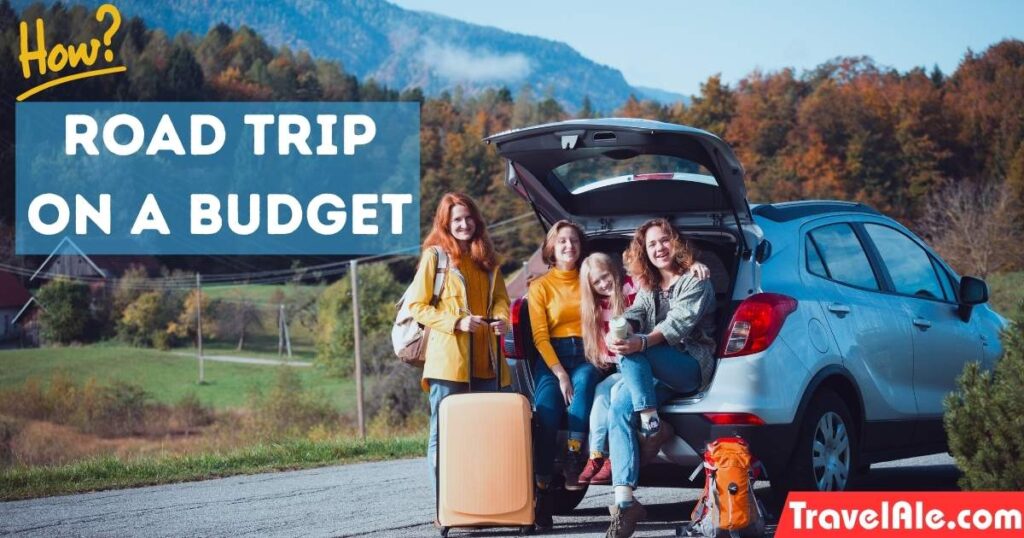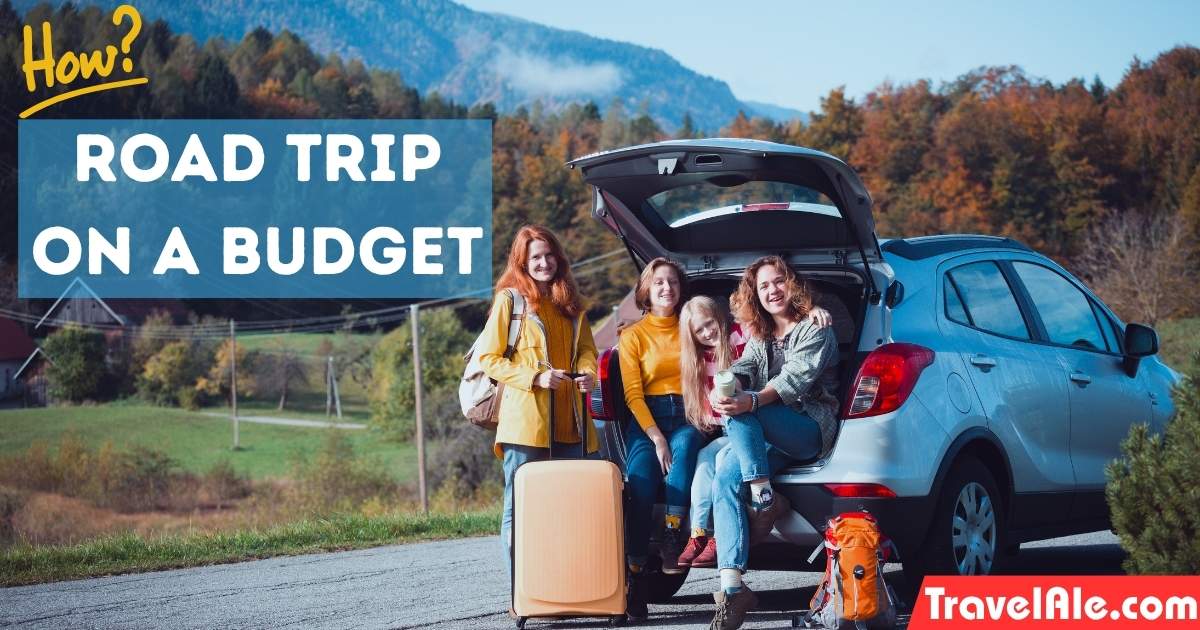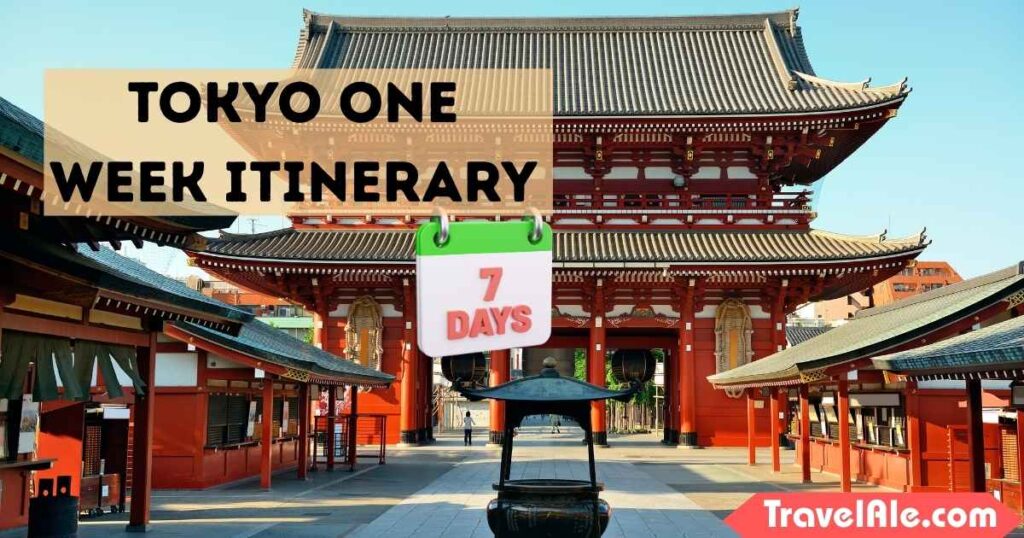How to Road Trip on a Budget: Save Money & Travel Smart
Who says a road trip has to break the bank? Whether you’re cruising in an RV or your trusty car, hitting the open road is often less expensive than air travel—but expenses can still add up if you’re not careful. The good news? With the right tips and a little planning, you can afford an amazing vacation without sacrificing the fun. This short guide packs ideas for saving money while you explore, ensuring you have the time of your life without overspending.
I’ve taken countless budget-friendly trips myself, and the key is balancing adventure with smart choices. Skip the pricey tourist traps, pack snacks, and take scenic detours—it’s all part of the journey.
How to Road Trip on a Budget
What Determines Your Road Trip Costs?
Several key factors affect your road trip expenses. The number of travelers makes a big difference – solo trips cost less than group vacations. Your chosen lodging options (from budget tent camping to pricier hotels or RV sites) and location (as prices vary by region) significantly impact your overall budget. The length of the trip determines gas needs and nights accommodation. Your road trip style matters too – whether you prefer splurging on restaurant dining and amusement park fees or sticking to free activities and low-cost activities.
Planning to Save Money
To save money, plan ahead for potential costs. I always:
- Research attraction admission fees
- Compare price tags across different lodging options
- Pack for all weather conditions to avoid buying expensive gear
- Prepare meals to reduce food costs
Set a Spending Budget
A clear spending budget keeps your road trip affordable. Break it down into:
- Lodging: Compare hotels, RV sites, cabins, and tent camping—prices vary wildly. Apps like HotelTonight or Campendium help find last-minute deals.
- Gas: Use GasBuddy to track fuel prices along your route. Longer trips mean more fill-ups, so factor in at least $50-$100 per day depending on your vehicle.
- Food: The biggest budget-killer. Limit restaurant stops—pack a cooler with sandwiches, fruits, and grab-and-go snacks to avoid overpriced highway meals.
- Entertainment: Prioritize free activities (hiking, scenic overlooks) over pricey attractions. Some museums offer “pay-what-you-wish” days.
- Emergency funds: Always keep $200-$500 aside for surprises—a flat tire, unexpected tolls, or a last-minute hotel stay.
Travel During Off-Peak Times
Road tripping during lower-traffic times (weekdays, shoulder seasons) means:
- Fewer crowds at rest stops and local parks
- Cheaper lodging (hotels drop prices when demand is low)
- No increased pricing at tolls or attractions
- Easier parking and shorter lines
Pro Tip: Avoid holidays like July 4th or Labor Day—everything from gas to motels spikes in cost.
Pack Smart to Avoid Extra Costs
Forgetting essentials leads to buying expensive gear on the road. Always bring:
- Appropriate clothing for all weather (layers are key)
- Well-maintained gear (tent, sleeping bags, camp stove) in good condition—test before leaving!
- A cooler stocked with groceries (cheese, hummus, hard-boiled eggs) and reusable water bottles
- Basic tools (jumper cables, tire repair kit) to avoid costly roadside assistance
Maximize Your Experience for Less
- National Parks Pass ($80/year) saves you from entrance fees at all 400+ U.S. parks—worth it if visiting 3+ parks.
- Free activities > pricey tours: Sunrise at a scenic overlook, stargazing, or a DIY walking tour beats $50 per person attractions.
- Loyalty programs like AAA, GasBuddy, or hotel chains offer discounts (10-20% off) and special deals.
- Credit cards with gas rewards (like Chase Freedom) or cash back on dining can offset costs.
Meal Planning to Slash Food Costs
- Limit restaurant stops to 1x/day (try local diners for cheaper breakfasts).
- Prepare amazing meals at your campground: Foil-packet dinners, oatmeal with nuts, or pasta salads cost pennies per serving.
- Stock up on grocery staples (rice, beans, trail mix) before leaving—small-town stores often have higher prices.
- Picnics double as sightseeing: Eat lunch at a local park or rest area with a view.
Personal Tip: I pre-make frozen burritos—they thaw by lunchtime and only need reheating on a camp stove.




